Home>Garden Essentials>Garden Plants>What Can I Plant With Thyme
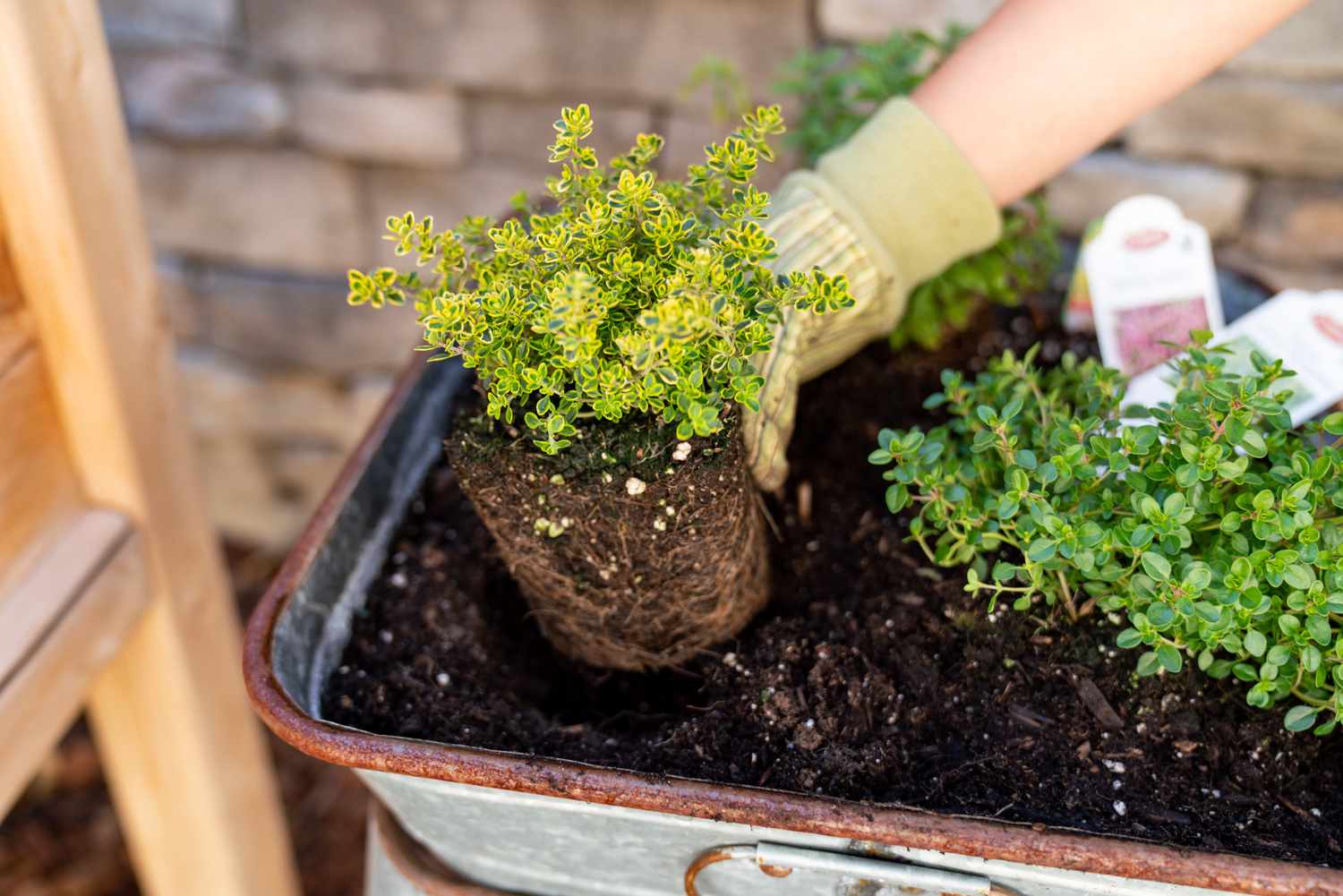

Garden Plants
What Can I Plant With Thyme
Modified: April 22, 2024
Discover the perfect plants to companion plant with thyme for a thriving garden. From herbs to flowers, find the best companion plants for thyme.
(Many of the links in this article redirect to a specific reviewed product. Your purchase of these products through affiliate links helps to generate commission for Storables.com, at no extra cost. Learn more)
Introduction
Welcome to the world of companion planting! If you’re an avid gardener, you know that planting certain crops together can have a positive impact on their growth and overall health. One such versatile and aromatic herb is thyme. Known for its culinary uses and medicinal properties, thyme is a popular choice for home gardens.
But what can you plant with thyme to enhance its growth and repel pests? This article will explore the concept of companion planting with thyme and introduce you to some suitable plant options that can thrive alongside this herb. So grab your gardening gloves and let’s dig in!
Companion planting is a gardening technique that involves growing different plants together to maximize their benefits. By strategically planting compatible crops, you can create a harmonious and thriving garden ecosystem. Thyme, with its strong scent and antimicrobial properties, can act as an excellent companion plant, offering numerous benefits to nearby vegetation.
When selecting plants to grow alongside thyme, it’s important to consider factors such as sunlight requirements, soil preferences, and shared growth habits. The goal is to create a symbiotic relationship where both plants can thrive and support each other’s growth.
In the following sections, we will explore ten suitable plants that can be planted alongside thyme in your garden. From herbs to vegetables, these companion plants will not only enhance the flavor of your home-cooked meals but also provide natural pest control and support the overall health of your garden.
Key Takeaways:
- Enhance your garden’s health and flavor by companion planting with thyme. Pair it with rosemary, lavender, or other suitable plants to repel pests, attract pollinators, and create a thriving ecosystem.
- Create a harmonious garden with thyme as your trusted companion. From deterring pests to enhancing flavors, companion planting with thyme offers a world of benefits for your outdoor space.
Read more: Where Can I Buy Thyme Plants
Companion Planting with Thyme
Companion planting with thyme offers a range of benefits for both the herb itself and its neighboring plants. Thyme’s strong aroma acts as a natural deterrent for pests, making it an excellent companion for repelling insects and pests that could damage your garden.
Additionally, thyme’s antimicrobial properties can help suppress soil-borne diseases and inhibit the growth of harmful fungi and bacteria. This makes it a valuable plant to have around for maintaining a healthy gardening environment.
Another advantage of companion planting with thyme is the way it attracts beneficial pollinators. Since thyme produces small, fragrant flowers, it serves as a magnet for bees, butterflies, and other pollinators. These pollinators play a crucial role in fertilizing plants, leading to better fruit and vegetable production in your garden.
Furthermore, thyme acts as a natural ground cover, helping to retain moisture in the soil and prevent weed growth. By planting compatible species alongside thyme, you can create a dense and low-maintenance garden bed.
When it comes to deciding which plants to grow with thyme, consider their compatibility in terms of sun exposure, watering needs, and growth habits. Selecting plants that have similar requirements will ensure a successful companion planting arrangement and promote an overall healthy garden ecosystem.
Now let’s take a closer look at some suitable plants that can thrive alongside thyme.
Suitable Plants for Companion Planting with Thyme
When choosing plants to companion plant with thyme, it’s important to select ones that have similar growing conditions and complementary benefits. The following are ten suitable plants that can thrive alongside thyme in your garden:
- Rosemary: This herb is a perfect companion for thyme, as both plants share similar growing conditions and have a compatible scent. Rosemary can help repel pests such as cabbage moths and bean beetles while enhancing the flavor of your dishes.
- Lavender: Known for its beautiful flowers and relaxing fragrance, lavender is an ideal companion for thyme. They both thrive in full sun and well-drained soil. Lavender attracts pollinators and repels pests like aphids, making it a beneficial addition to your garden.
- Sage: Sage is a hardy herb that complements the growth of thyme. Both plants have similar sun and soil requirements, and together they can repel pests like cabbage worms and carrot flies. Sage also adds a delightful flavor to various culinary dishes.
- Oregano: With its aromatic leaves and similar care needs, oregano is a natural companion to thyme. Both herbs can deter pests and enhance the flavor of your favorite Mediterranean dishes. Oregano is also known to attract beneficial insects like hoverflies, which prey on garden pests.
- Marjoram: Marjoram is a close relative of thyme and shares a similar taste and scent. This herb can be planted alongside thyme to attract beneficial insects and repel harmful pests. Marjoram also makes a lovely addition to aromatic bouquets.
- Basil: Basil is a versatile herb that thrives in the company of thyme. It adds a burst of flavor to various culinary creations and can repel pests like mosquitoes and flies. Planting basil and thyme together not only creates an attractive visual contrast but also provides a range of culinary and pest-repellent benefits.
- Chives: Chives and thyme make an excellent pairing in the garden. Chives’ onion-like flavor complements the savory taste of thyme, and their colorful flowers attract pollinators. Both plants are easy to care for and can be grown in containers or garden beds.
- Tomatoes: Thyme can improve the growth and flavor of tomatoes when planted nearby. Thyme’s antimicrobial properties can help protect tomato plants from soil-borne diseases. Additionally, the strong scent of thyme can repel pests that commonly affect tomatoes.
- Beans: When planted with thyme, beans can benefit from the herb’s ability to repel pests like bean beetles. Thyme also helps enhance the flavor of beans and can improve their overall growth. The combination of thyme and beans is a win-win for both plants.
- Cabbage: Thyme is a natural companion for cabbage plants, as it can deter harmful insects like cabbage moths. Planting thyme alongside cabbage can help protect the plants from infestations and improve their overall health and yield.
Remember to consider the specific growing requirements of each plant when arranging them in your garden. Providing adequate spacing and ensuring they receive the right amount of sunlight and water will contribute to a successful companion planting arrangement.
Rosemary
Rosemary is an excellent companion plant for thyme due to their similar care needs and complementary benefits. Both herbs thrive in full sun and well-drained soil, making them ideal gardening companions.
When planted alongside thyme, rosemary can help repel pests such as cabbage moths and bean beetles. The strong scent of rosemary acts as a natural deterrent, keeping these harmful insects at bay and protecting your garden.
Furthermore, rosemary enhances the flavor of dishes when used in culinary creations. It pairs well with thyme in many recipes, adding depth and a fragrant touch to your favorite meals. With rosemary by thyme’s side, you’ll have a winning combination for both taste and pest control.
To grow rosemary alongside thyme, ensure they have enough space to spread out and receive adequate sunlight. Both herbs prefer well-drained soil with moderate watering. Consider planting them in raised beds or containers if your garden soil is heavy or poorly draining.
Rosemary is a perennial herb that requires little maintenance once established. Regular pruning will help maintain its shape and encourage bushier growth. Harvesting fresh rosemary leaves from your garden will not only add flavor to your dishes but also release a pleasing aroma in your outdoor space.
When it comes to designing your garden bed, consider planting rosemary and thyme together as a visually appealing combination. The contrasting textures of their leaves and the similar hues of their foliage will create an attractive and harmonious display.
In summary, rosemary is a wonderful companion plant for thyme. It repels pests, enhances culinary flavors, and adds beauty to your garden. Consider including rosemary alongside thyme in your garden beds or containers for a delightful and practical gardening experience.
Lavender
When it comes to companion planting with thyme, lavender is an excellent choice. Both plants share similar growing conditions and can form a beautiful and fragrant partnership in your garden.
Lavender is known for its stunning flowers and calming fragrance. By planting lavender alongside thyme, you not only add visual interest to your garden but also attract beneficial pollinators such as bees and butterflies. These pollinators play a vital role in fertilizing plants and promoting their growth.
In addition to its ornamental appeal, lavender has practical benefits as a companion plant. Its strong scent can repel pests and insects that could harm your garden. Aphids, for example, are deterred by the aroma of lavender, reducing the risk of infestations on nearby plants, including thyme.
When it comes to caring for lavender and thyme, both plants prefer full sun and well-drained soil. They tolerate drought well once established, making them suitable companions for areas with limited water availability.
To plant lavender alongside thyme, provide enough space for both plants to grow and spread out. Lavender plants typically require more space compared to thyme, as they can reach a larger size. Be sure to give them ample room to thrive and avoid overcrowding.
Lavender has a long lifespan, often lasting for years in the garden. To maintain its health and encourage more blooms, prune lavender regularly, especially after flowering. This helps shape the plant and promotes fresh growth.
In the culinary realm, lavender can also be used alongside thyme to add a unique and floral twist to dishes. Both herbs complement each other well and can be combined in herbal blends or infused into oils and teas.
In summary, planting lavender with thyme is a delightful combination that adds beauty, fragrance, and pest-repellent benefits to your garden. Consider pairing these two plants together to create a harmonious and enchanting garden bed.
Read more: Where Can I Buy Creeping Thyme Plants
Sage
When it comes to companion planting with thyme, sage is a natural choice. Sage and thyme share not only similar growth requirements but also complementary flavors and pest-repellent properties.
Sage is a hardy herb that thrives in full sun and well-drained soil, just like thyme. Both herbs prefer drier conditions and can tolerate periods of drought, making them suitable companions in the garden.
One of the main benefits of planting sage alongside thyme is their ability to repel pests. Sage has a strong aroma that acts as a natural deterrent for insects and pests that can damage your garden. Cabbage worms and carrot flies, for example, are less likely to be attracted to your crops when sage is nearby.
In terms of flavor, sage complements thyme beautifully in culinary creations. Its earthy and slightly peppery taste enhances the overall taste profile of dishes when paired with thyme. Sage is particularly popular in savory dishes such as stews, roasted meats, and stuffings.
When planting sage and thyme together, ensure they have enough space to grow and receive adequate sunlight. Give them room to spread out and develop their signature woody stems. Consider planting them in raised beds or containers if your soil is heavy or poorly draining.
Sage is a perennial herb that can last for many years in the garden. Regular pruning will help maintain its shape and encourage new growth. Harvest sage leaves as needed and enjoy their aromatic and flavorful addition to your culinary creations.
Another benefit of sage in companion planting is its ability to attract beneficial insects such as bees and butterflies. These pollinators help fertilize plants and boost their overall productivity and yield.
In summary, planting sage with thyme brings a range of benefits to your garden. From repelling pests to enhancing flavors in the kitchen, sage and thyme make a winning combination. Consider incorporating these herbs into your garden beds or containers and enjoy the wonders they bring to your gardening experience.
Oregano
Oregano is an excellent companion plant for thyme, providing both culinary and pest-repellent benefits. These herbs share similar growing conditions and can thrive alongside each other in the garden.
Like thyme, oregano prefers full sun and well-drained soil. They are both drought-tolerant, making them suitable companions for areas with limited water availability. Oregano’s robust and aromatic leaves add visual interest to the garden while providing a range of practical benefits.
One of the significant advantages of planting oregano with thyme is their ability to deter pests. Oregano’s strong scent can repel common garden pests such as aphids, cabbage loopers, and spider mites. This natural pest control can help protect your plants from infestations and reduce the need for chemical interventions.
In addition to its pest-repellent properties, oregano enhances the flavor of many dishes when used in cooking. It pairs well with thyme in various culinary creations, adding depth and a Mediterranean twist to recipes. From pasta sauces to roasted vegetables, thyme and oregano create a dynamic flavor combination.
To plant oregano alongside thyme, provide enough space for both herbs to grow and spread out. Oregano tends to be a bit more vigorous in its growth compared to thyme, so ensure adequate spacing to prevent overcrowding. Consider planting them in containers or raised beds if you have limited garden space or want to control their growth.
Oregano is a perennial herb that can thrive for several years in the garden. Prune the plant regularly to maintain its shape and encourage fresh growth. Harvest the leaves as needed, either fresh or dried, to enjoy the distinct and savory flavor oregano brings to your culinary creations.
In terms of companion planting, oregano and thyme share beneficial pollinator-attracting properties. Their flowers appeal to bees, butterflies, and other pollinators, promoting a healthier and more productive garden ecosystem.
In summary, oregano is a fantastic companion for thyme, providing pest control and a flavor boost to your garden. Consider planting these herbs together to enjoy their shared benefits and create a vibrant and aromatic herb garden.
Marjoram
Marjoram is a perfect companion plant for thyme due to its similar taste, scent, and growing requirements. This herb not only adds visual interest to your garden but also offers a range of benefits when planted alongside thyme.
Marjoram shares the same Mediterranean origin as thyme and has a similar savory and slightly sweet flavor profile. It complements thyme beautifully in culinary creations, adding depth and complexity to dishes. The combination of marjoram and thyme can elevate the taste of soups, stews, roasted meats, and other Mediterranean-inspired dishes.
When it comes to growing conditions, marjoram and thyme thrive in full sun and well-drained soil. They are both drought-tolerant and prefer a moderate amount of watering. Planting them together in the same garden bed or container ensures that their care needs are well-matched.
One of the key benefits of companion planting marjoram with thyme is their ability to attract beneficial insects to your garden. Bees, butterflies, and other pollinators are drawn to the flowers of both plants, aiding in the pollination process and promoting the growth and development of other crops in your garden.
In addition to attracting pollinators, marjoram also helps deter unwanted pests. The aromatic oils released by the plant can repel pests such as aphids and mosquitoes, reducing the risk of infestations on your thyme and other garden plants.
Marjoram is a perennial herb that requires minimal maintenance once established. Regular pruning during the growing season will help shape the plant and encourage bushier growth. Harvest the leaves as needed, either fresh or dried, for culinary use.
Consider planting marjoram and thyme together to create a visually appealing and complementary combination in your herb garden. The contrasting textures and hues of their leaves will add interest and beauty to your outdoor space.
In summary, marjoram makes an excellent companion plant for thyme. Both herbs have similar care requirements, contribute to culinary delights, attract beneficial insects, and provide a lovely aesthetic appeal. Planting marjoram alongside thyme will ensure a harmonious and thriving garden bed.
Planting thyme with other herbs like rosemary, oregano, and sage can create a beautiful and aromatic herb garden. These herbs have similar growing requirements and complement each other in both the garden and the kitchen.
Basil
Basil is a versatile and aromatic herb that pairs wonderfully with thyme in companion planting. These two herbs not only complement each other in terms of flavor but also offer a range of benefits when grown together.
When it comes to culinary uses, basil and thyme make a winning combination. Basil adds a burst of fresh and peppery flavor to dishes, while thyme provides a savory and earthy note. Together, they create a dynamic flavor profile that enhances various culinary creations, from Italian pasta sauces to Thai curries.
In terms of growing conditions, basil and thyme have similar preferences. They both thrive in full sun and well-drained soil. Providing them with adequate sunlight and water will ensure their proper growth and development.
Basil, known for its strong and pleasant fragrance, also has a remarkable pest-repellent property. Planting basil alongside thyme can help repel mosquitoes, flies, and other flying insects that can be a nuisance in your garden. Enjoy your time outdoors without the intrusion of these pests by having basil and thyme nearby.
Furthermore, basil attracts beneficial insects such as bees and butterflies. These pollinators play a crucial role in the reproduction of plants, leading to better fruit and vegetable production in your garden. The presence of basil can help increase pollinator activity and improve the overall health of your garden ecosystem.
Basil is an annual herb, meaning it completes its life cycle in one season. Regular pruning and harvesting of basil leaves will help promote bushier growth and ensure a continuous supply of fresh leaves for your culinary ventures.
Consider planting basil and thyme together in containers or garden beds. Their contrasting textures and hues create an aesthetically pleasing arrangement, adding visual interest to your outdoor space.
Whether you’re a fan of Italian cuisine or simply enjoy the aroma of freshly harvested herbs, the combination of basil and thyme is a delightful choice for companion planting. Enjoy the culinary benefits and pest-repellent properties that this dynamic duo brings to your garden.
Read more: What Can I Use To Substitute Thyme
Chives
Chives are a fantastic companion plant for thyme, offering both culinary appeal and practical benefits in the garden. These versatile herbs share similar growing conditions and can thrive alongside each other, adding beauty and flavor to your garden bed.
Chives have a mild onion-like flavor that complements thyme’s savory taste. When used in cooking, chives can enhance the overall flavor profile of dishes, particularly in salads, soups, and creamy sauces. Planting chives alongside thyme ensures a fresh and aromatic culinary combination.
In terms of growing conditions, chives and thyme prefer full sun and well-drained soil. They are relatively low-maintenance herbs, making them an easy choice for gardeners of all experience levels. Whether you’re planting them in containers or garden beds, provide them with sufficient space to grow and spread out.
One of the benefits of companion planting chives with thyme is their ability to attract beneficial insects. Chive flowers are irresistible to bees, butterflies, and other pollinators. By having chives in your garden, you’ll be promoting the pollination of nearby plants, leading to better fruit and vegetable production.
Another advantage of chives in companion planting is their ability to deter pests. The strong scent of chives can repel insects like aphids and carrot flies, protecting your thyme and other garden plants from infestations. Planting chives alongside thyme acts as a natural pest control measure.
Harvesting chives is a simple affair. Simply snip off the desired amount of green leaves from the base of the plant. Regular harvesting encourages fresh growth and ensures a steady supply of chives for your culinary endeavors.
Consider planting chives and thyme together to create an aesthetically pleasing and functional herb garden. The slender, grass-like foliage of chives alongside the tiny leaves of thyme creates an interesting visual contrast. The combination of their flavors, scent, and pest-repellent properties makes them an ideal duo for companion planting.
In summary, planting chives alongside thyme brings both culinary and practical benefits to your garden. Enjoy the fresh flavors, pollinator-attracting flowers, and natural pest control that this dynamic pairing provides.
Tomatoes
Tomatoes are a classic companion plant for thyme, offering numerous benefits when grown together. The combination of thyme and tomatoes not only adds visual appeal to your garden but also enhances the growth and flavor of both plants.
When planted alongside thyme, tomatoes can benefit from the herb’s antimicrobial properties. Thyme helps suppress soil-borne diseases, protecting the roots of tomato plants and improving their overall health. This can result in stronger and more resilient tomato plants that are better equipped to resist diseases.
In addition to disease prevention, thyme can deter pests that commonly affect tomatoes. The strong scent of thyme acts as a natural repellent for insects, such as whiteflies and aphids, which can damage tomato plants. By planting thyme nearby, you create a natural pest control mechanism for your tomato plants.
Furthermore, the aromatic foliage of thyme can enhance the flavor of tomatoes. As the tomato plants grow, the proximity of thyme can infuse a subtle herbaceous note into the fruits, enhancing their taste and making them even more delicious when harvested.
Tomatoes, with their tall and sprawling growth habit, can provide shade and protection to thyme plants that may prefer some shelter from intense sunlight. Thyme, in turn, can act as a natural ground cover, helping to retain moisture in the soil and prevent weed growth around the base of the tomato plants.
When planting tomatoes and thyme together, ensure that each plant has enough space to grow and receive adequate sunlight. Provide support, such as stakes or cages, for the tomato plants to prevent them from sprawling and to promote upward growth. Consider interplanting thyme around the base of the tomato plants to maximize the benefits of this companion planting arrangement.
Whether you have a sprawling vegetable garden or a container garden on your patio, incorporating thyme alongside tomato plants can enhance their growth, flavor, and overall health. Enjoy the bountiful harvest and the delectable taste of tomatoes coupled with the aromatic essence of thyme.
Beans
Beans and thyme make a wonderful companion planting duo, offering mutual benefits and contributing to a thriving garden. Planting beans alongside thyme can improve the growth and health of both plants while deterring common pests.
Thyme has natural pest-repellent properties, and this trait can greatly benefit beans. By planting thyme near beans, you can help repel pests like bean beetles and aphids, which can wreak havoc on bean plants. Thyme’s strong scent acts as a natural deterrent, creating a protective barrier for your beans.
Beans, on the other hand, bring advantages to the thyme plant as well. They are nitrogen-fixing plants, meaning they have the ability to take nitrogen from the air and convert it into a form that can be used by other plants, including thyme. This natural fertilization process enriches the soil around thyme, promoting its growth and overall health.
Moreover, the combination of beans and thyme can enhance the flavor of your harvest. The earthy taste of thyme pairs well with the fresh and delicate flavor of beans. Whether you’re growing snap beans, pole beans, or bush beans, the presence of thyme nearby can add depth and complexity to your culinary creations.
When it comes to planting beans and thyme together, ensure that both plants have enough space to grow and receive adequate sunlight. Beans prefer full sun exposure, so make sure they have ample access to sunlight for optimal growth and yield. Consider using trellises or stakes to support pole beans and maximize garden space.
Watering requirements may vary between thyme and different types of beans, so it’s essential to strike a balance. Thyme prefers moderately dry soil, while beans may require more regular watering. Monitor the moisture levels and adjust accordingly to meet the needs of both plants.
Interplanting beans and thyme not only promotes their growth but also creates an aesthetically pleasing garden bed. The combination of the tall bean plants and the low-growing thyme adds visual interest and a dynamic interplay of heights.
In summary, planting beans with thyme is a win-win situation. Thyme acts as a natural pest deterrent for beans, while beans contribute nitrogen to the soil and improve the overall health of thyme. Enjoy the benefits of this dynamic duo in your garden and relish the flavors of beans and thyme in your culinary creations.
Cabbage
When it comes to companion planting, thyme and cabbage are a natural pairing. By planting thyme alongside cabbage, you can help protect your cabbage plants from pests and improve their overall health and productivity.
Thyme has natural pest-repellent properties, and this can be particularly beneficial for cabbage plants. Cabbage worms, a common pest that plagues cabbage crops, are deterred by the strong scent of thyme. By interplanting thyme with cabbage, you create a natural barrier that can help reduce the risk of infestations and protect your cabbage from damage.
In addition to pest control, thyme can enhance the flavor of cabbage. The savory and earthy notes of thyme complement the taste of cabbage, particularly when used in coleslaws, stir-fries, or stuffed cabbage dishes. By growing thyme alongside cabbage, you can elevate the flavors of your culinary creations.
Cabbage plants are heavy feeders and require nutrient-rich soil to thrive. Thyme, with its deep root system, can help improve the nutrient content of the soil. The herbs’ ability to absorb nutrients from deeper in the soil and make them available to other plants benefits cabbage’s growth and development.
When planting cabbage and thyme together, ensure that each plant receives adequate sunlight and spacing. Cabbage prefers full sun exposure but can tolerate some shade. Thyme, being a sun-loving herb, requires direct sunlight for optimal growth. Provide enough space between the plants to prevent overcrowding and promote proper air circulation.
Cabbage plants have high water needs, so it’s important to maintain consistent moisture levels in the soil. Thyme, however, prefers moderately dry conditions. Strike a balance in watering by watering deeply and less frequently to meet the needs of both plants.
Consider creating a visually appealing garden bed by interplanting cabbage and thyme. The contrasting textures and colors of the broad cabbage leaves and delicate thyme foliage create an interesting visual display.
In summary, planting cabbage with thyme can provide natural pest control, enhance flavor, and contribute to the overall health of your garden. Enjoy the benefits of this companion planting pair and savor the delicious flavors of cabbage and thyme in your meals.
Read more: Where Can I Buy Thyme Tincture
Tips for Successful Companion Planting with Thyme
Companion planting with thyme can yield countless benefits for your garden, from enhanced flavors and pest control to improved plant health. To ensure successful companion planting with thyme, consider the following tips:
- Choose compatible plants: Select plant companions for thyme that have similar growing conditions, including sun exposure, soil preferences, and watering needs. This will foster a harmonious and thriving garden ecosystem.
- Plan your garden layout: Map out your garden bed or containers, taking into account the spacing requirements of each plant. Allocating enough space will prevent overcrowding and competition for resources among your companion plants.
- Consider growth habits: Be mindful of the growth habits of your companion plants. Ensure that taller plants do not overshadow smaller ones, and that sprawling plants have proper support or space to spread out.
- Rotate companion plants: Rotate the placement of your companion plants each year to minimize the risk of pests and diseases building up in the soil. This practice contributes to a healthier and more balanced garden ecosystem.
- Prune regularly: Regularly prune your herbs, including thyme, to promote bushier growth and prevent overcrowding. Pruning also helps maintain the overall shape and aesthetics of your garden.
- Harvest and use your herbs: Regularly harvest and make use of your herbs, including thyme. This not only ensures a fresh supply for your culinary endeavors but also helps maintain the health and vitality of your plants through regular harvesting.
- Monitor watering needs: Pay attention to the watering requirements of your companion plants, as different plants may have different needs. Strike a balance to ensure that each plant receives sufficient moisture without overwatering.
- Observe and address pest issues: Regularly inspect your plants for any signs of pest infestation. If you notice any pests, take immediate action to remedy the situation. Remove affected plant parts, introduce natural predators, or utilize organic pest control methods to protect your plants.
- Feed the soil: Utilize organic matter, compost, or natural fertilizers to enrich the soil around your companion plants. This will provide essential nutrients for their growth and help maintain a healthy garden ecosystem.
- Enjoy the benefits: Embrace the joys of companion planting with thyme by relishing in the enhanced flavors, pest control, and overall vitality of your garden. Experiment with different companion plant combinations to discover the unique benefits they bring to your gardening experience.
By implementing these tips, you can cultivate a successful companion planting system with thyme at the center. Enjoy the beauty, flavor, and benefits that this herb brings to your garden and culinary creations.
Conclusion
Companion planting with thyme opens up a world of possibilities for enhancing your garden’s health, beauty, and productivity. By carefully selecting compatible plants and strategically arranging them in your garden, you can create a harmonious and thriving ecosystem.
Thyme, with its strong aroma and antimicrobial properties, acts as a natural deterrent for pests and helps maintain a healthy gardening environment. Its various benefits can be extended to neighboring plants, creating a symbiotic relationship that nurtures their growth and provides mutual benefits.
Throughout this article, we explored ten suitable plants that can be grown alongside thyme. From rosemary to cabbage, each plant offers unique advantages such as pest control, flavor enhancement, and pollinator attraction. By incorporating these companion plants into your garden, you can create a diverse and functional outdoor space.
To ensure successful companion planting with thyme, consider the tips we discussed. Choosing compatible plants, planning your garden layout, pruning regularly, and addressing pest issues are just a few practices that can contribute to a thriving garden ecosystem.
So, whether you have a small herb garden on your balcony or a vast plot of land, embrace the benefits of companion planting with thyme. Enjoy the flavorsome herbs, the vibrant colors of flowers, and the harmonious balance that this gardening technique brings to your outdoor space.
Remember, gardening is an art as much as it is a science. Explore different companion plant combinations, experiment with flavors, and adapt to the unique conditions of your garden. With thyme as your trusted companion, your garden will flourish, and your senses will delight in the bountiful rewards.
Frequently Asked Questions about What Can I Plant With Thyme
Was this page helpful?
At Storables.com, we guarantee accurate and reliable information. Our content, validated by Expert Board Contributors, is crafted following stringent Editorial Policies. We're committed to providing you with well-researched, expert-backed insights for all your informational needs.
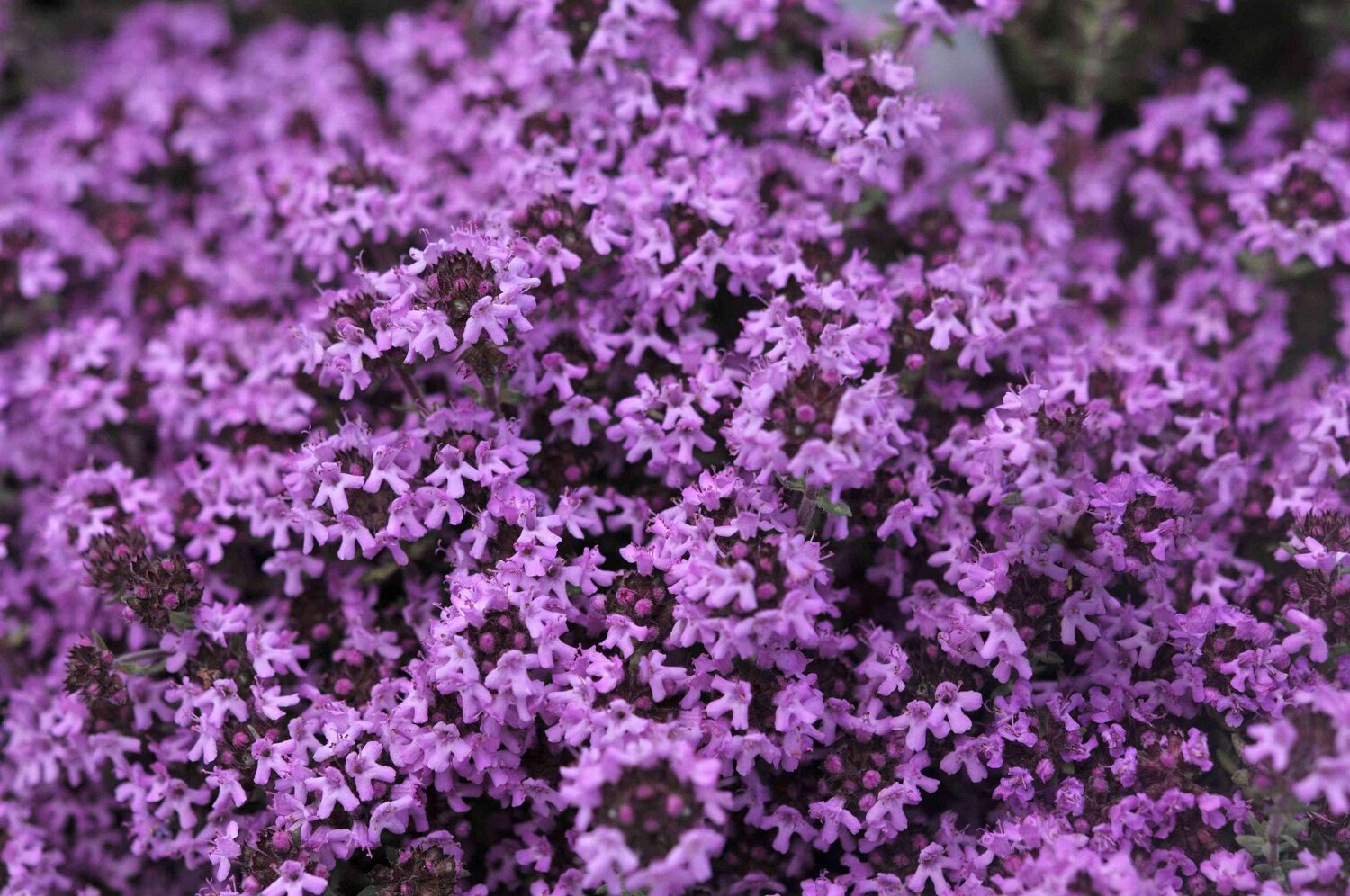
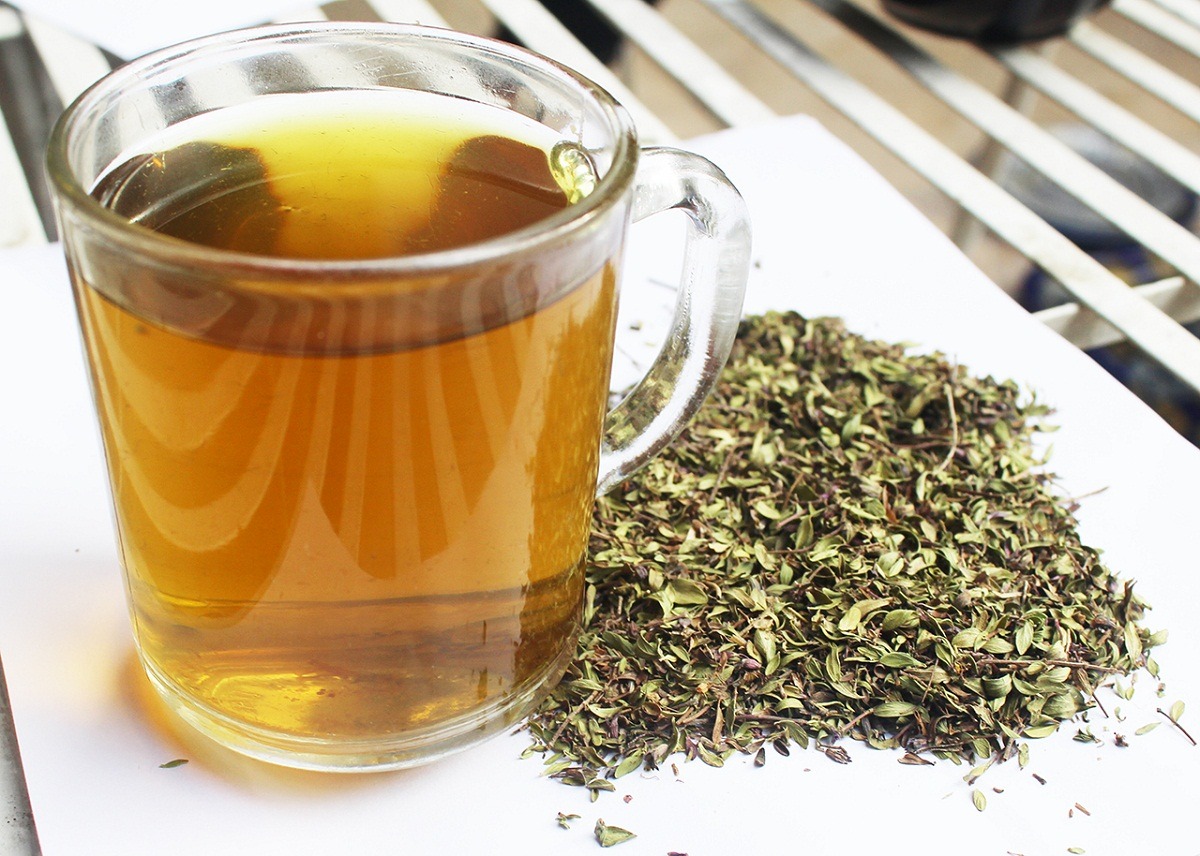
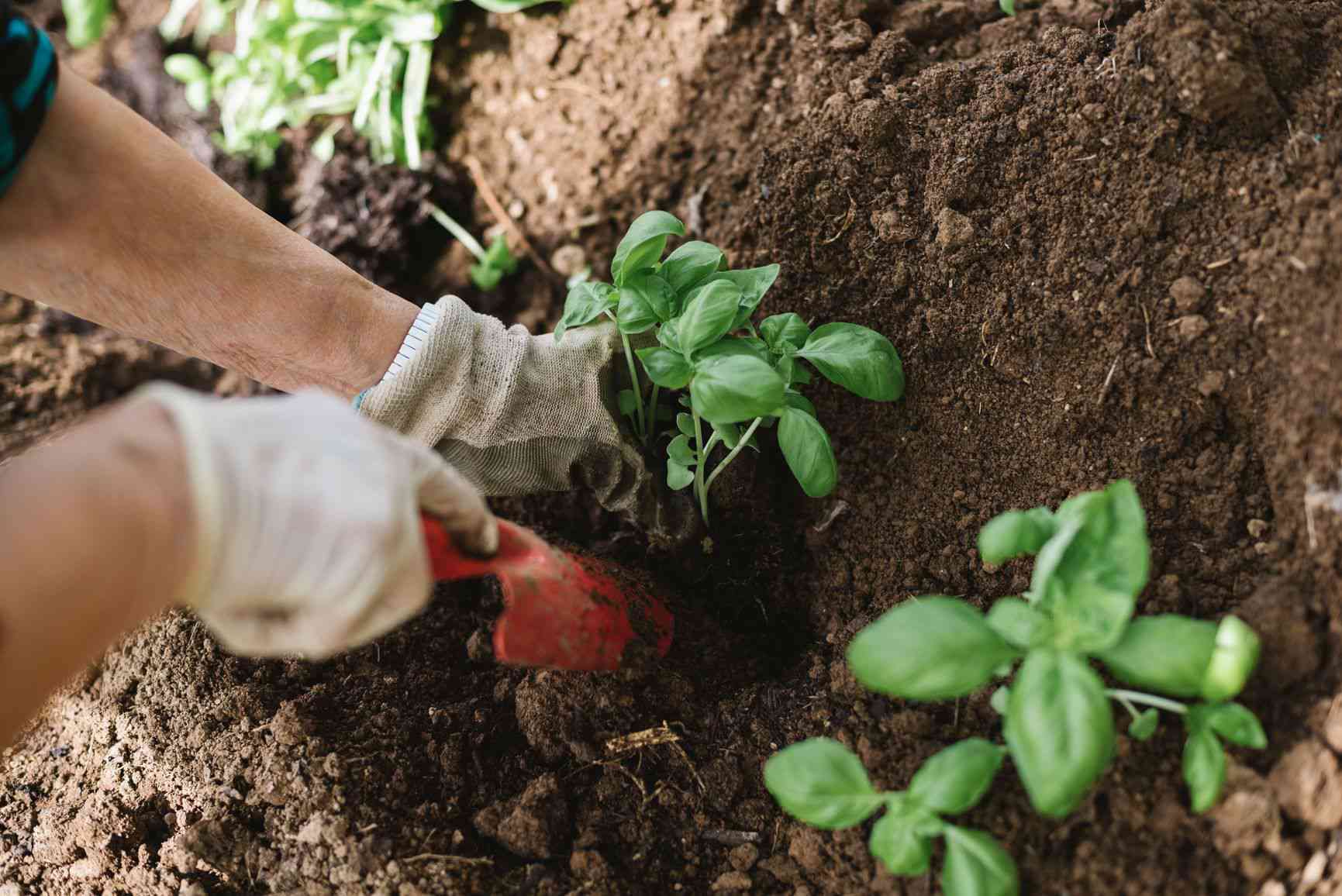
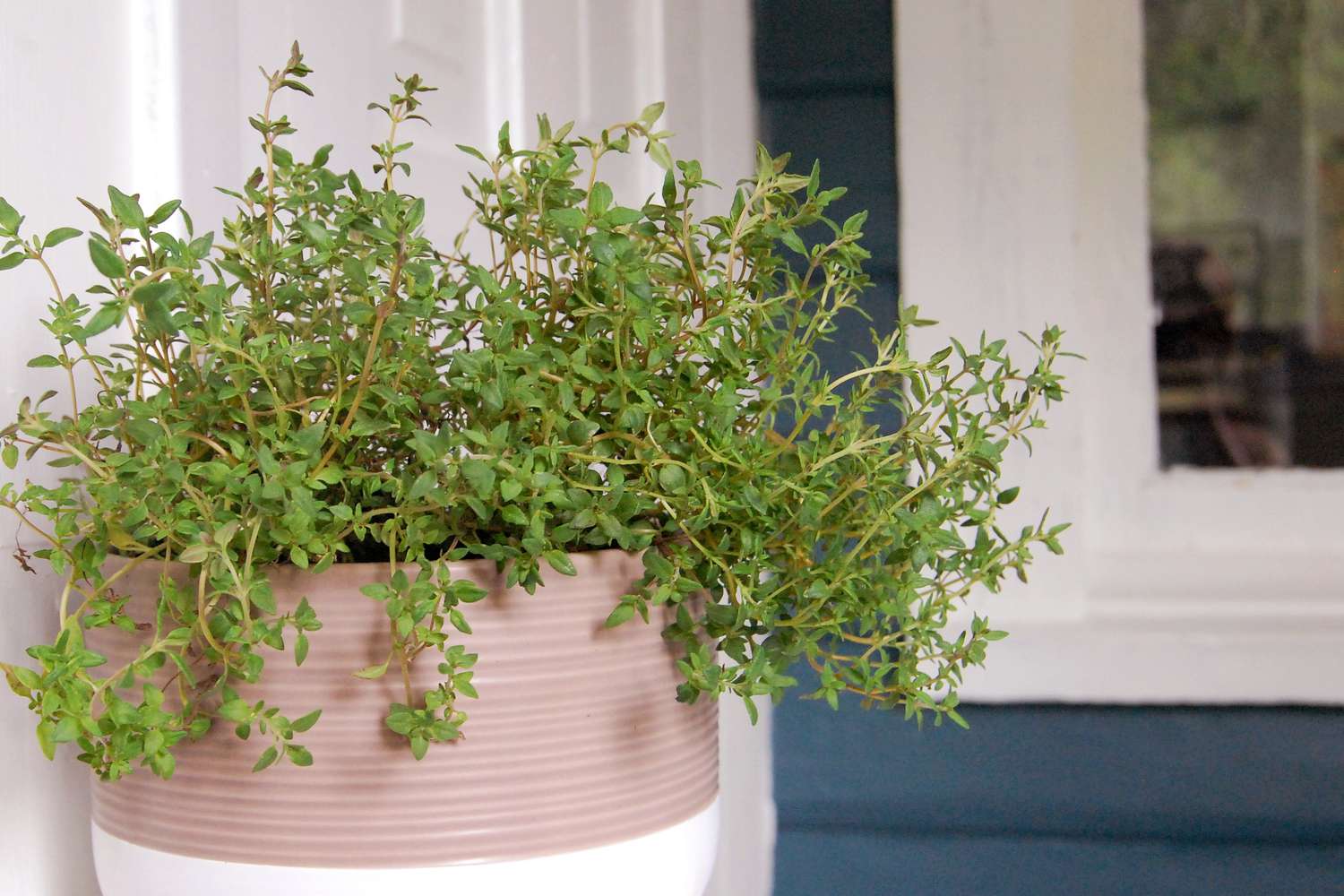
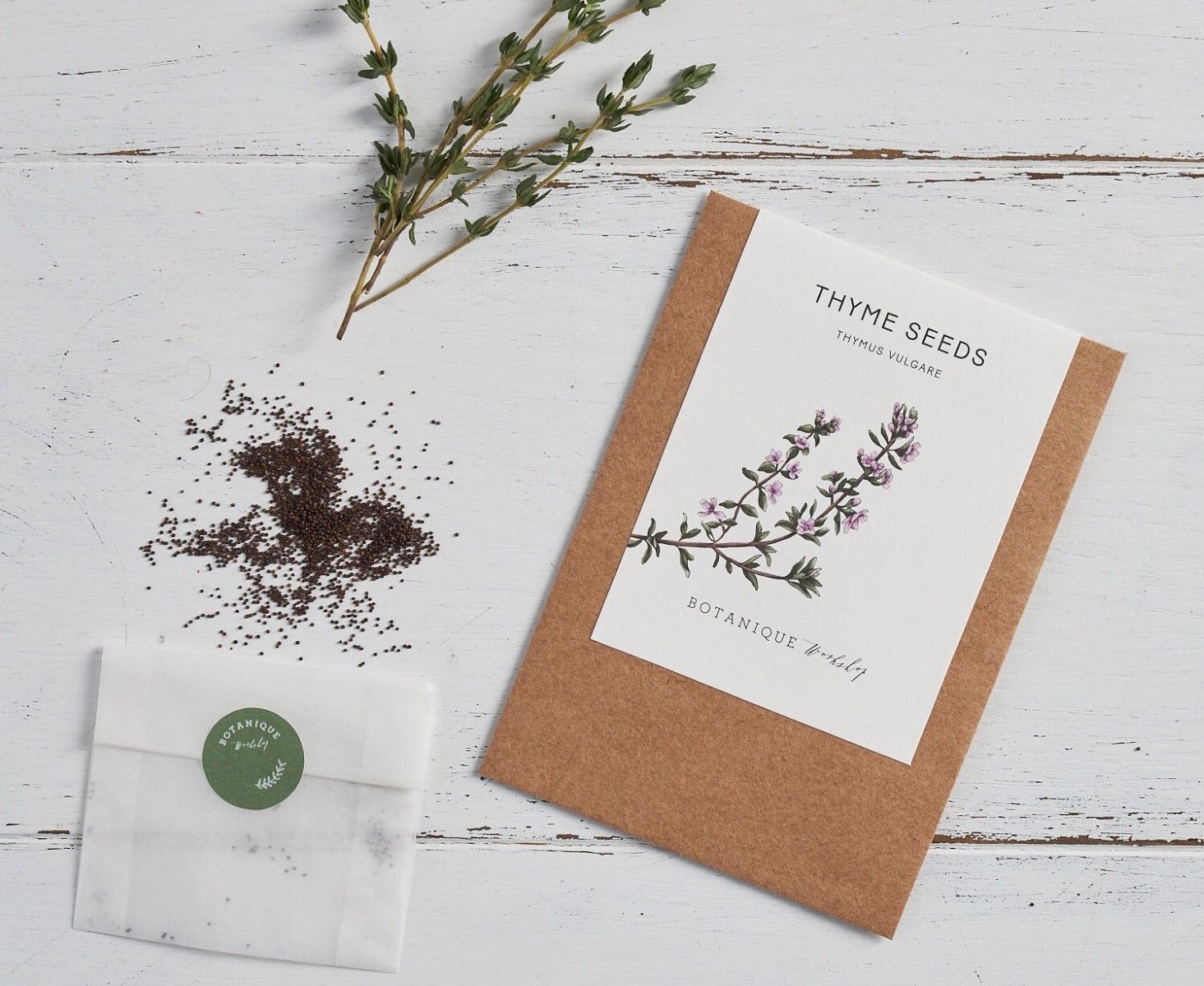
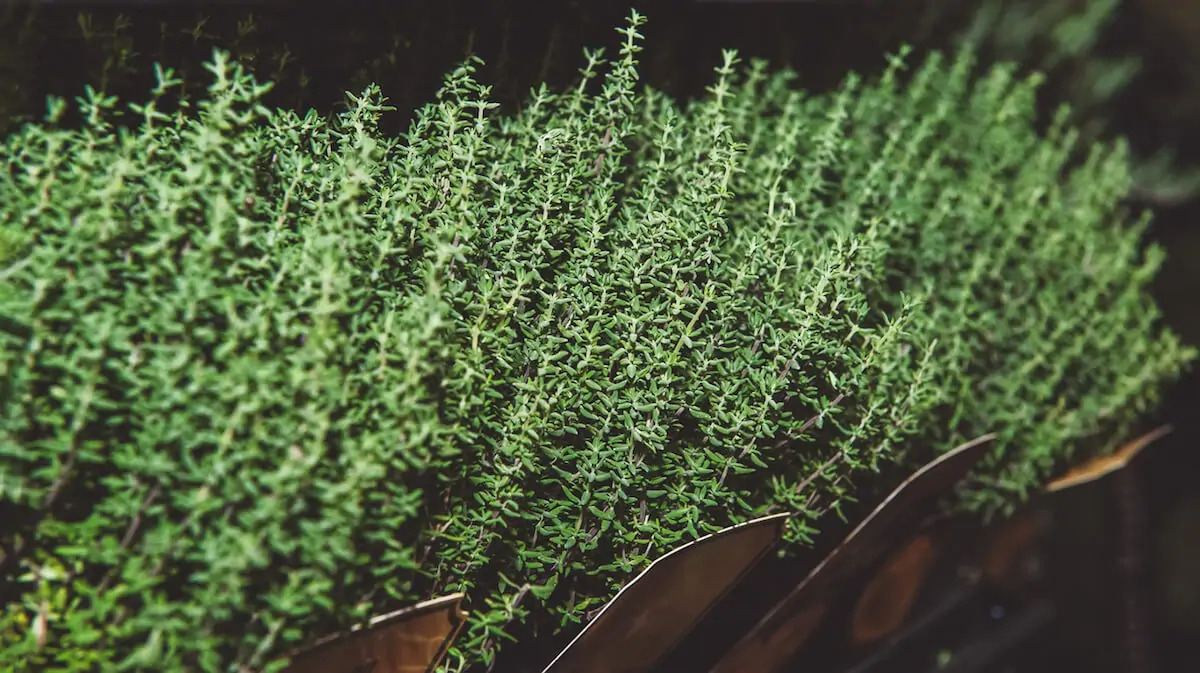
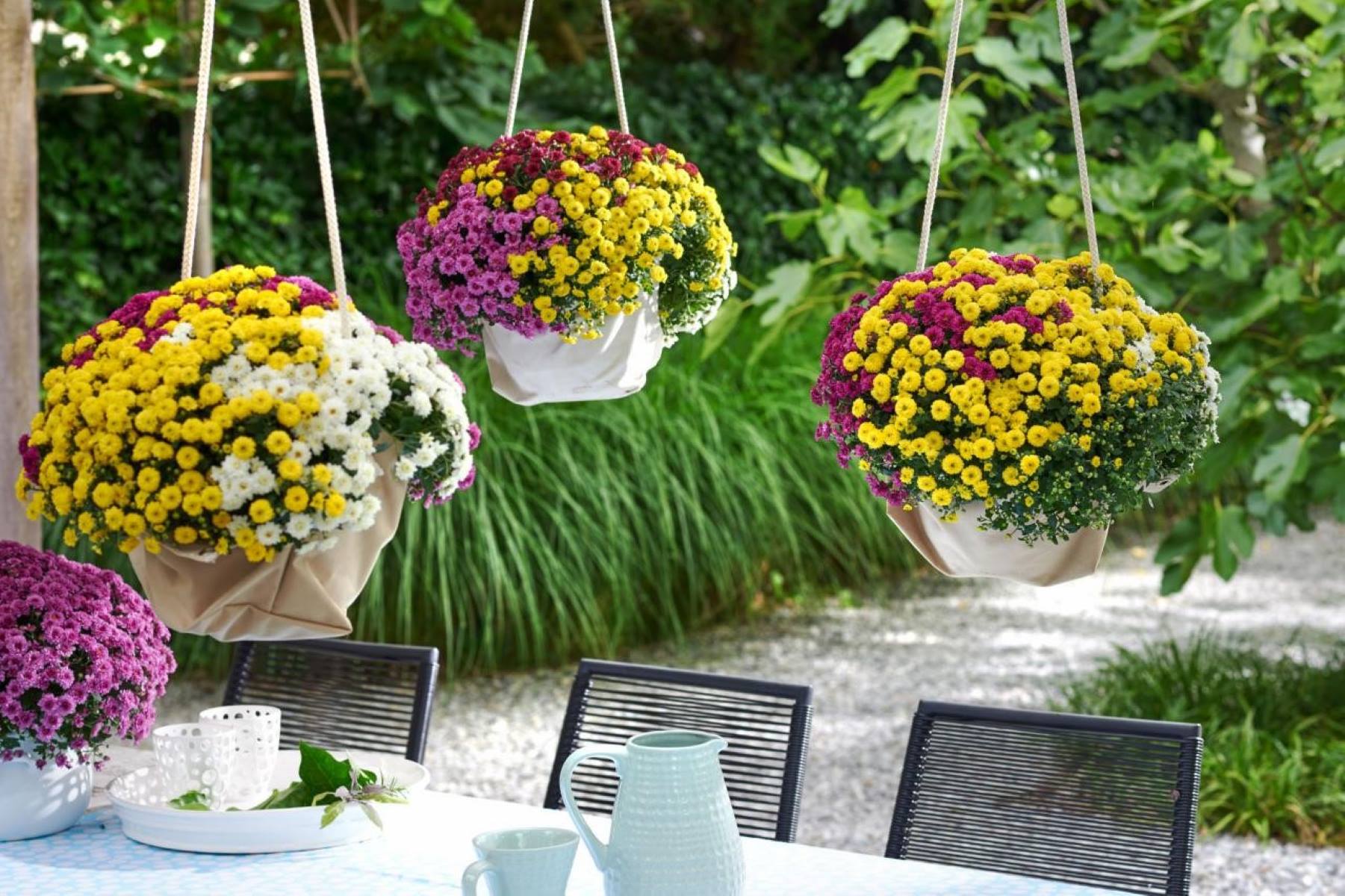
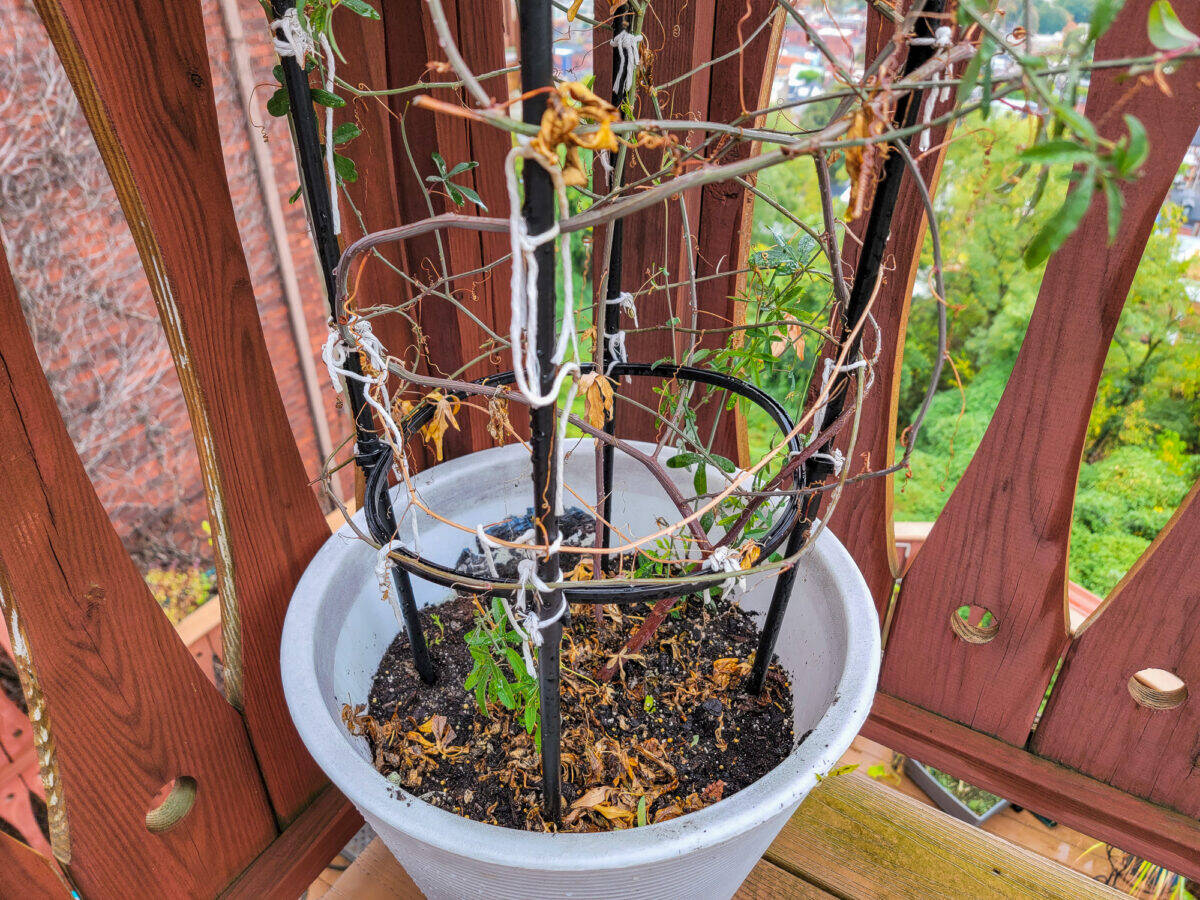
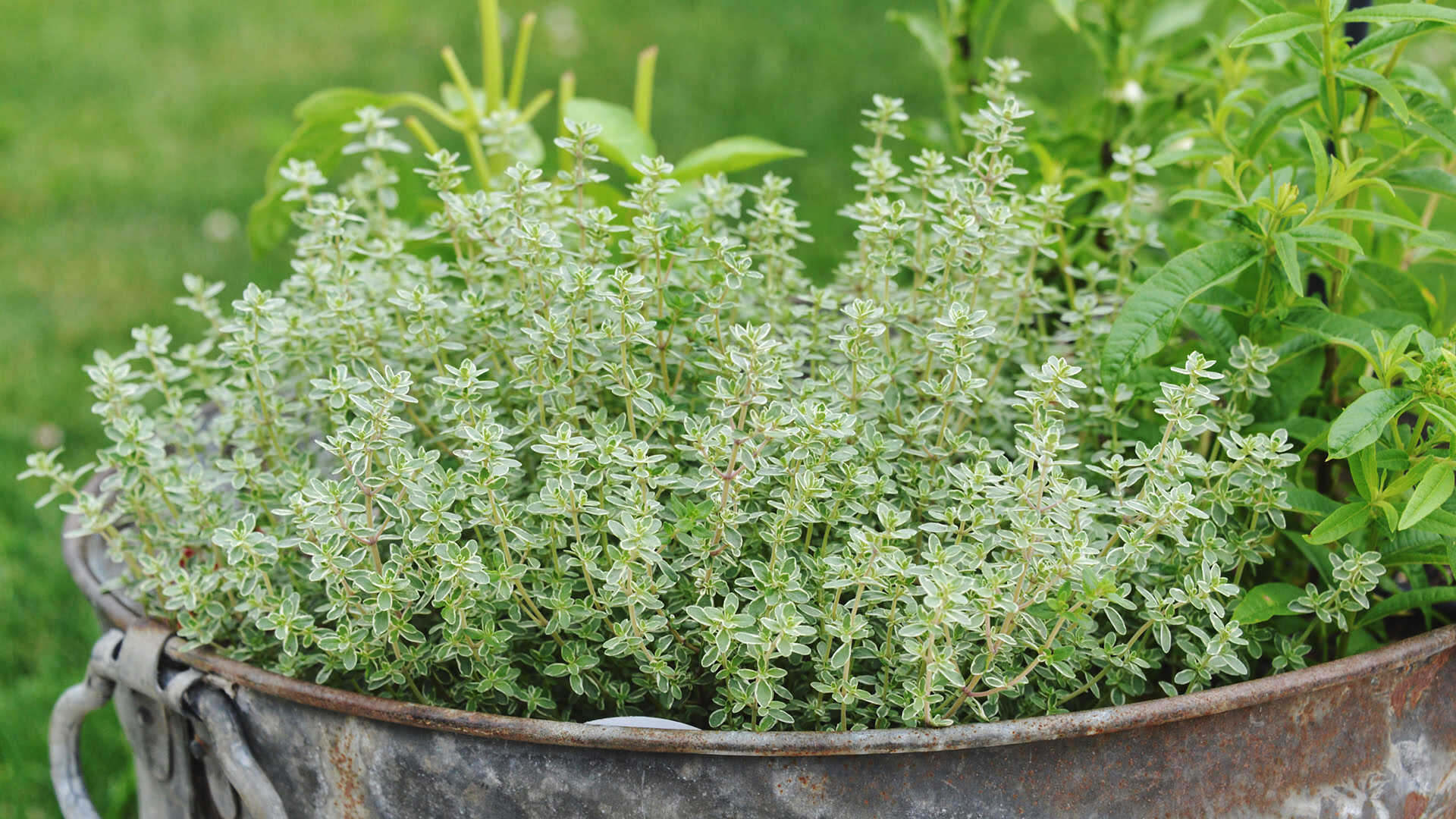

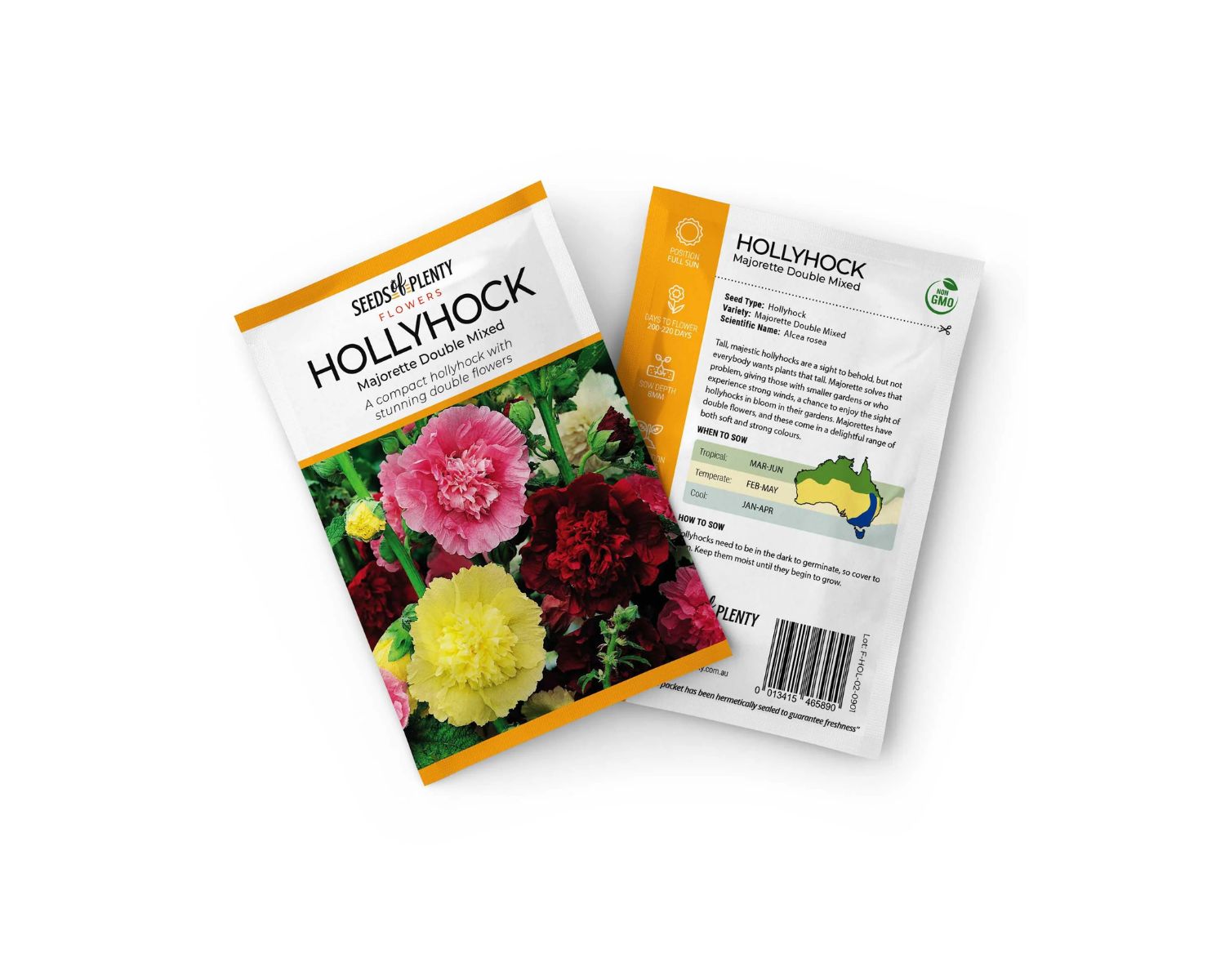
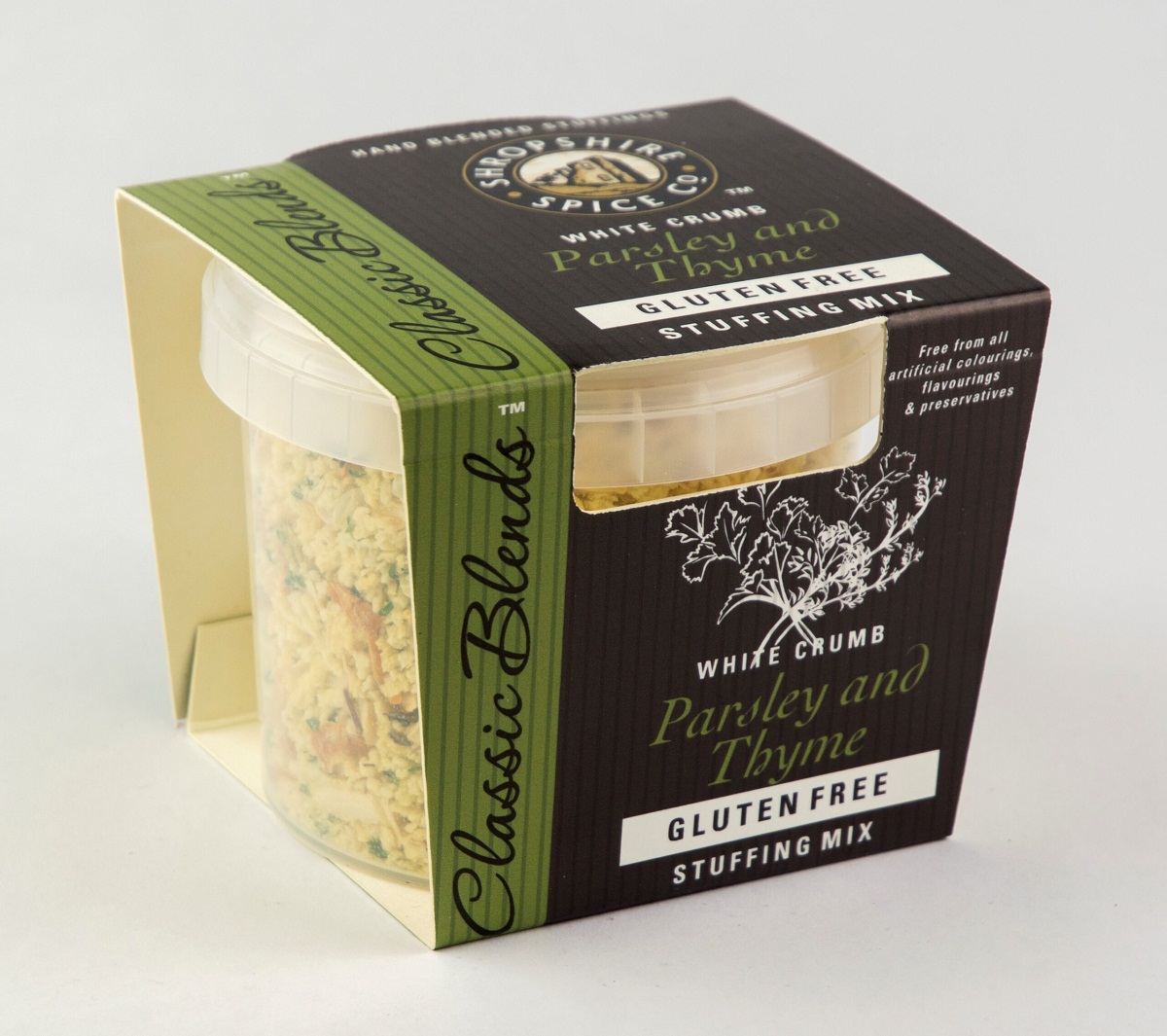

0 thoughts on “What Can I Plant With Thyme”